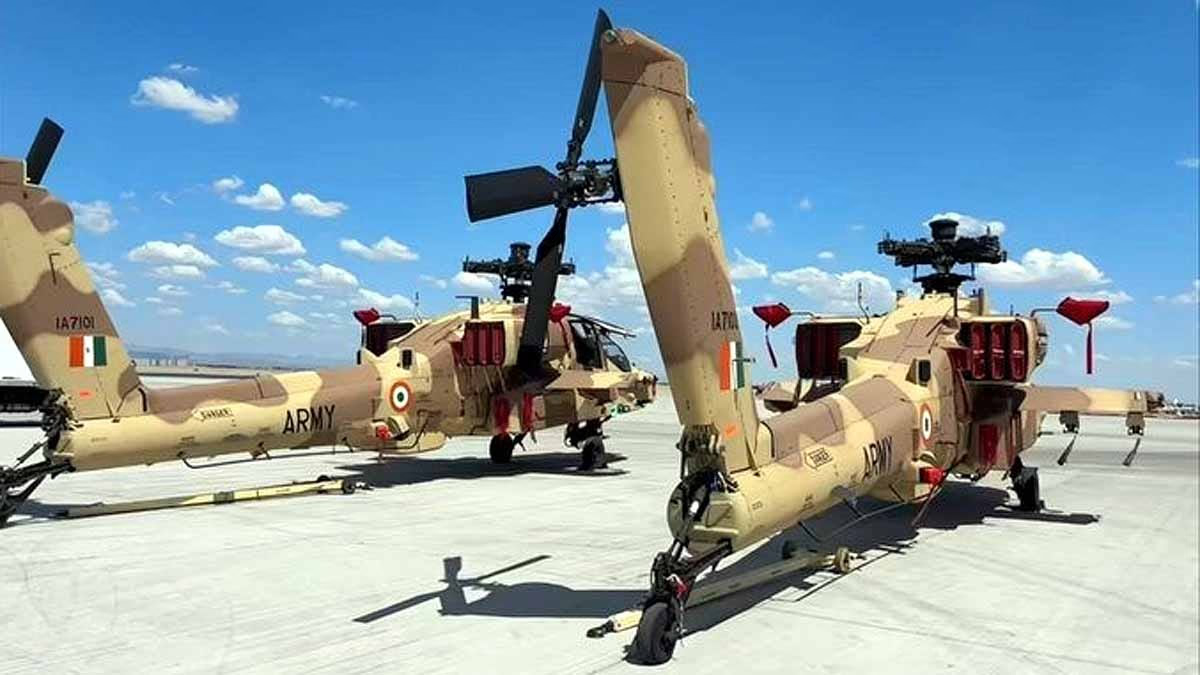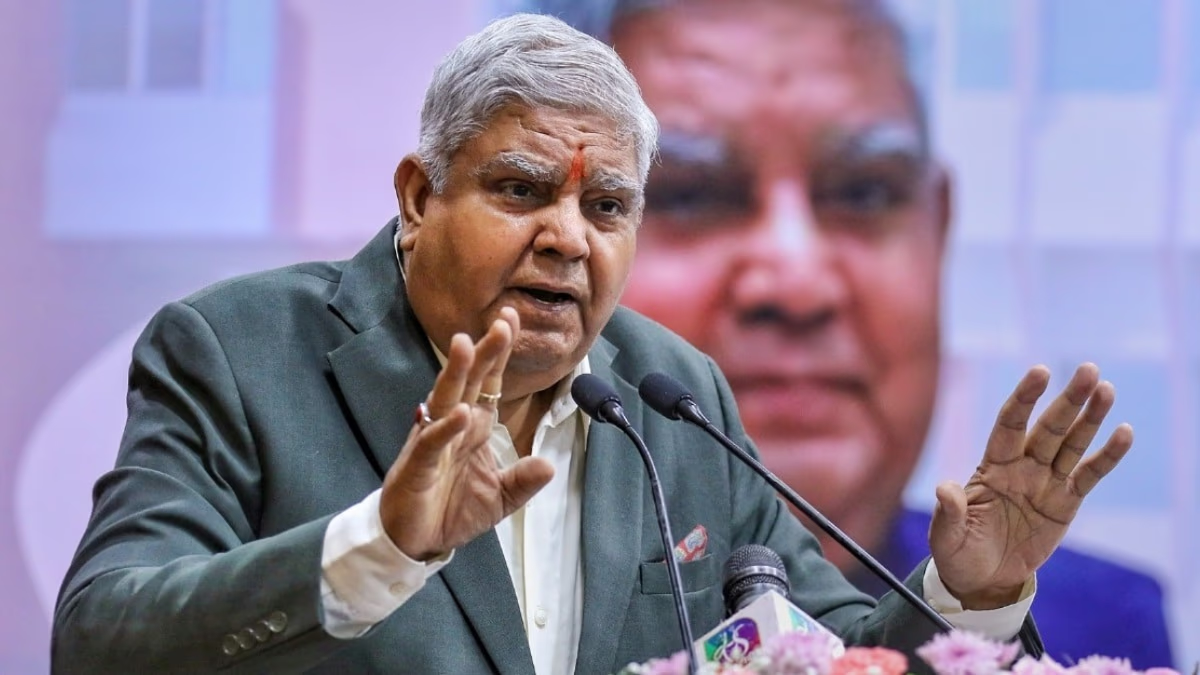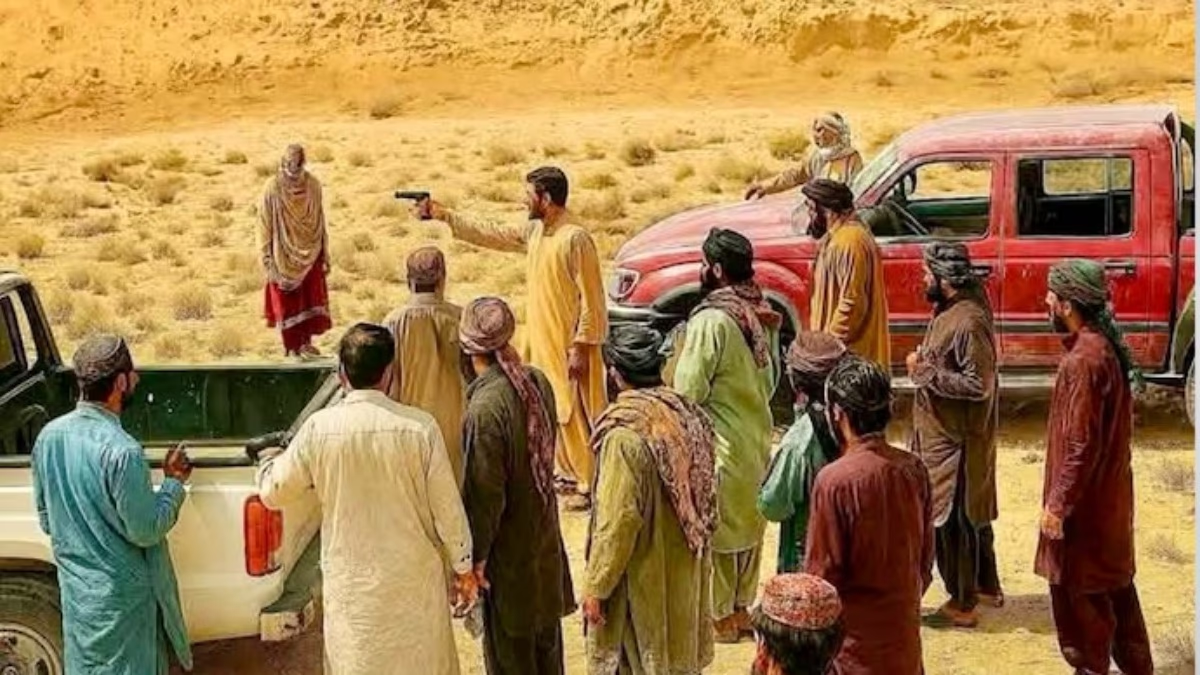On July 21, 2025, significant news broke that the first batch of Apache AH-64E attacker helicopters for the Indian Army has finally arrived in India. These three helicopters landed at Hindon Airbase via American transport aircraft.
Under a deal worth approximately 5000 crore rupees, India was to receive six Apache helicopters, but supply delays extended the wait by 15 months. These helicopters will now be stationed in Jodhpur, enhancing strength on the western front, particularly after Operation Sindhur near the Pakistan border.
What is the Apache Helicopter?
The Apache AH-64E is the world’s most advanced attack helicopter, manufactured by Boeing of the USA. It is often referred to as a flying tank due to its speed, strength, and unparalleled precision in attacks. Its features include...

Source: aajtak
Powerful Weapons: Armed with AGM-114 Hellfire missiles, Hydra 70 rockets, and a 30mm M230 chain gun firing 625 rounds per minute, it easily eliminates tanks and armored vehicles.
Longbow Radar: Its fire control radar detects enemy positions from afar, even at night or in adverse weather conditions.
Drone Control: Capable of remotely controlling drones like the MQ-1C Gray Eagle, facilitating reconnaissance and attacks.
Special Design: Its advanced electronics, sensors, and composite rotor blades make it ideal for desert terrains and high altitudes, such as those in Rajasthan or Ladakh.
Protection: Its stealth design and electronic warfare systems protect it from radar and missiles.
For the Indian Army, these six helicopters will strengthen the 451 Aviation Squadron, established in March 2024 at Nagatalav, Jodhpur. They will play a crucial role against tanks and armored positions along the western border with Pakistan.
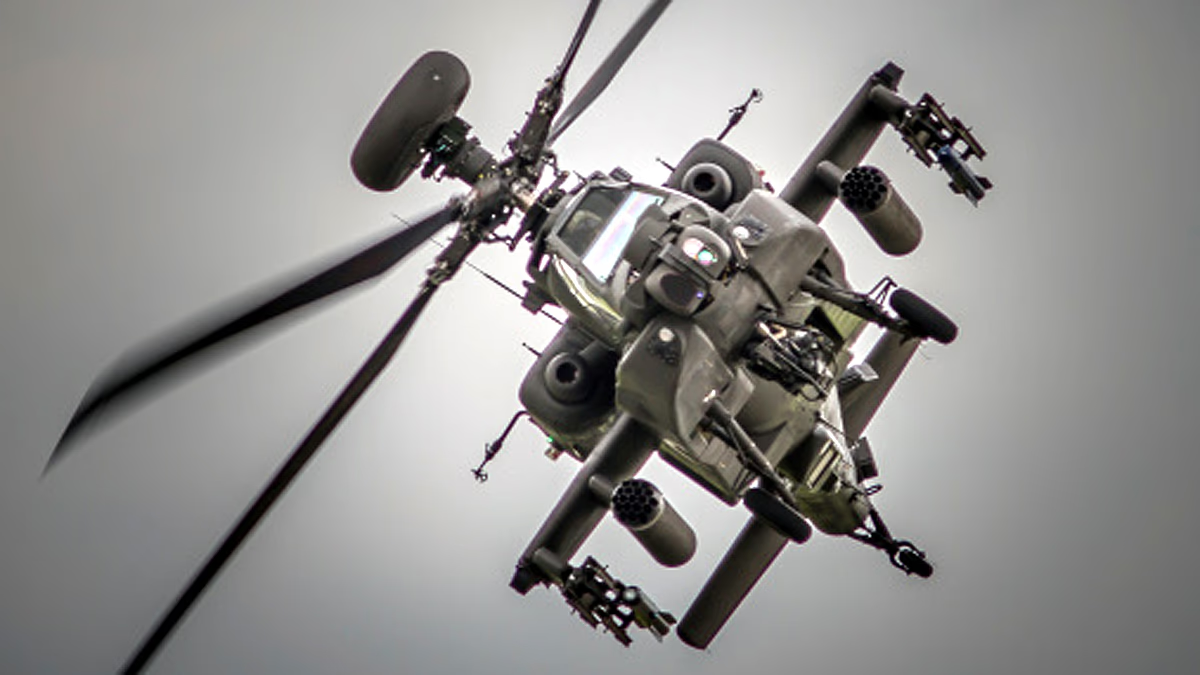
Source: aajtak
What Caused the Delay?
In February 2020, India signed a 600 million dollar deal with the USA for six Apache helicopters scheduled for May-June 2024 delivery. However, several issues delayed the delivery...
Supply Chain Problems:
Boeing cited global supply chain disruptions post-COVID-19 and due to the Russia-Ukraine conflict as reasons for part shortages.
Technical Issues:
Boeing discovered faults in the Apache's electrical power generator, posing risks of cockpit smoke build-up. Consequently, deliveries were halted, and testing was heightened.
American Prioritization:
India’s low ranking in the US Defense Priorities and Allocation System (DPAS) delayed parts like engines and gearboxes. Despite diplomacy resolving issues by April-May 2024, delays persisted.
The first batch, expected by May-June 2024, was postponed to December 2024 and has now arrived in July 2025. The remaining three will arrive by October-November 2025.
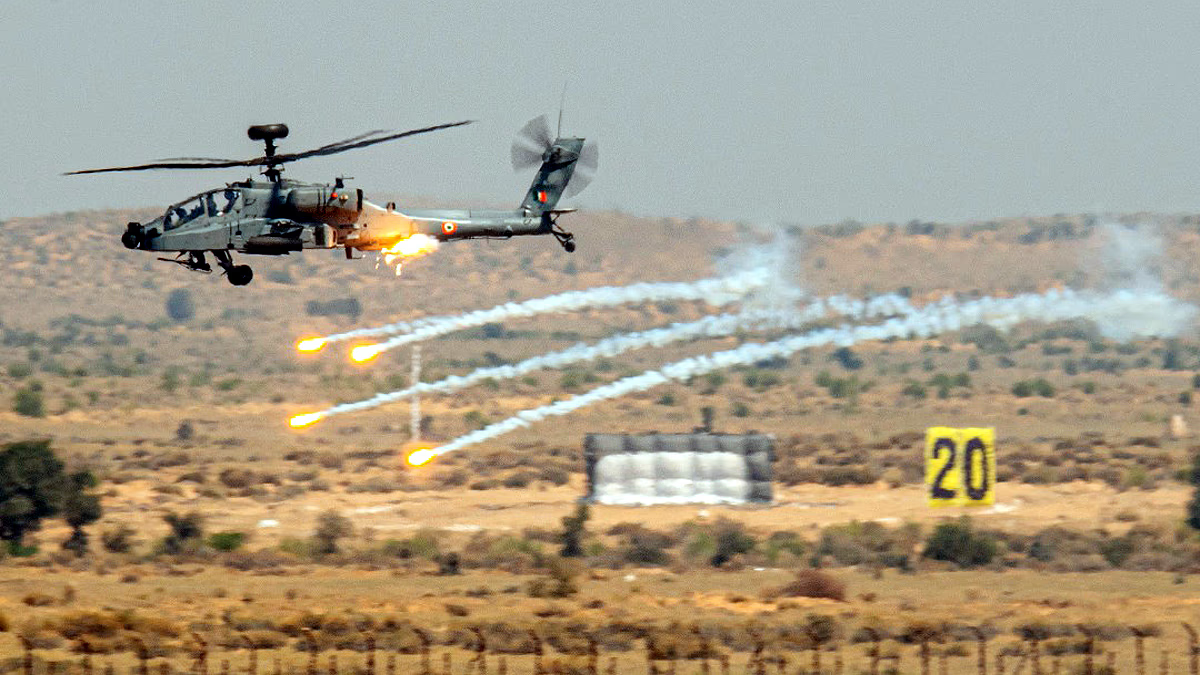
Source: aajtak
Current Progress at Hindon Airbase
On July 21, 2025, three Apache helicopters arrived at Hindon Airbase via American C-17 Globemaster III transport aircraft. Current activities include...
Assembly: The helicopters will be assembled as they were transported disassembled.
Inspection: Boeing, along with American officials and the Indian Army, will conduct thorough technical inspections.
Deployment: Following inspections, they will head to Nagatalav Base in Jodhpur, the location of the 451 Aviation Squadron.
Pilots and ground staff, already trained in the USA, will make the squadron operational shortly.
Operation Sindhur and Western Frontier Needs
Operation Sindhur occurred in May 2025, as part of India's military action along the Pakistani border in response to the Pahalgam terror attack. During the operation, the Indian Air Force's 22 Apache helicopters conducted precise strikes, highlighting the vulnerabilities of Pakistan's F-7 jets and PL-15 missiles.
With increased tensions along the Line of Control (LoC) and International Border with Pakistan, Apache helicopters are particularly ideal for deployment in Rajasthan's desert regions, where they can...
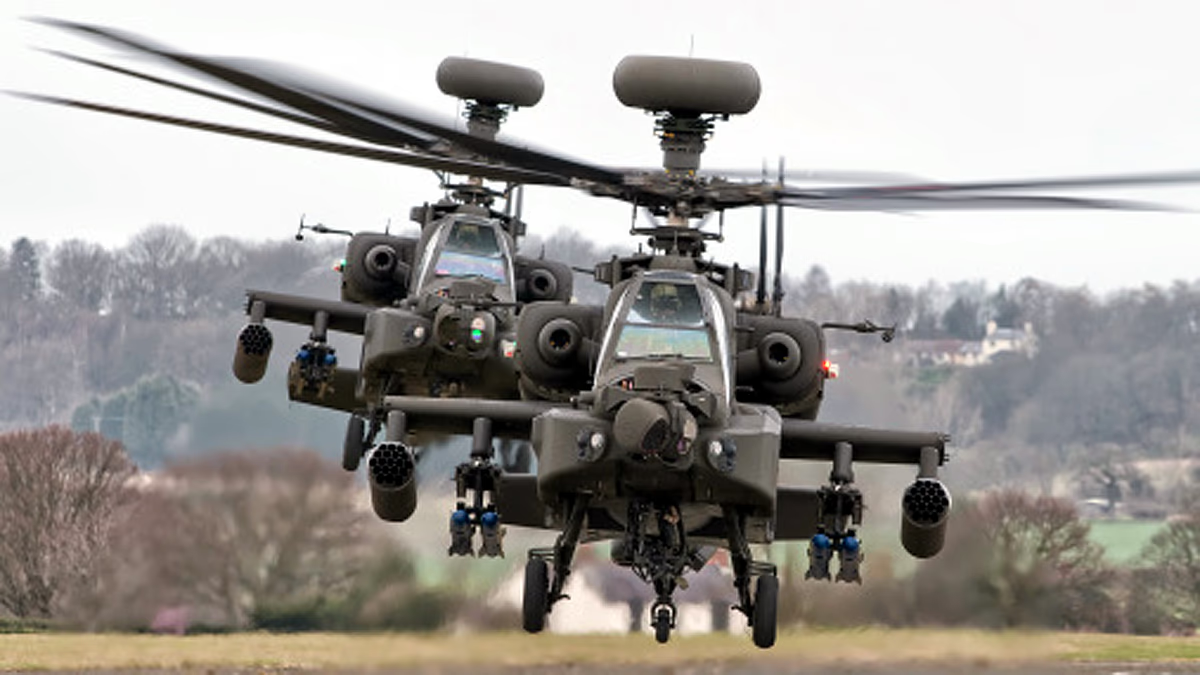
Source: aajtak
Destroy tanks: Hellfire missiles can easily eliminate tanks and armored vehicles.
Spy: Through Longbow radar and drone control, monitor enemy movements.
Night Attacks: With night-vision systems, they can execute precise attacks in the dark.
The Indian Air Force already operates 22 Apache helicopters, received through a 3.1 billion dollar deal in 2015. Stationed in Pathankot and Jorhat, these helicopters complement the army's new acquisitions, providing direct aerial support to ground troops.
Indian Army's Aviation Corps
The Army Aviation Corps is an integral part of the Indian Army, providing air support to ground forces. Its diverse fleet includes...
ALH Dhruv: Indigenous helicopters designed for reconnaissance, transport, and rescue. Grounded after an Indian Coast Guard ALH crash in January 2025, they are now operational.
Rudra: Armed variant of Dhruv, adept at attacking tanks and enemy positions.
LCH Prachand: Built for high-altitude areas like Ladakh, excelling in attack and reconnaissance missions.
Chetak and Cheetah: Light helicopters for rescue and logistics roles.
Mi-17: Medium-weight helicopter for troop and cargo transport.
Dornier 228: Light aircraft for surveillance and communication.
Heron and Searcher UAVs: Drones specializing in surveillance and intelligence-gathering.
The addition of Apaches bolsters this corps, particularly in missions like Operation Sindhur.
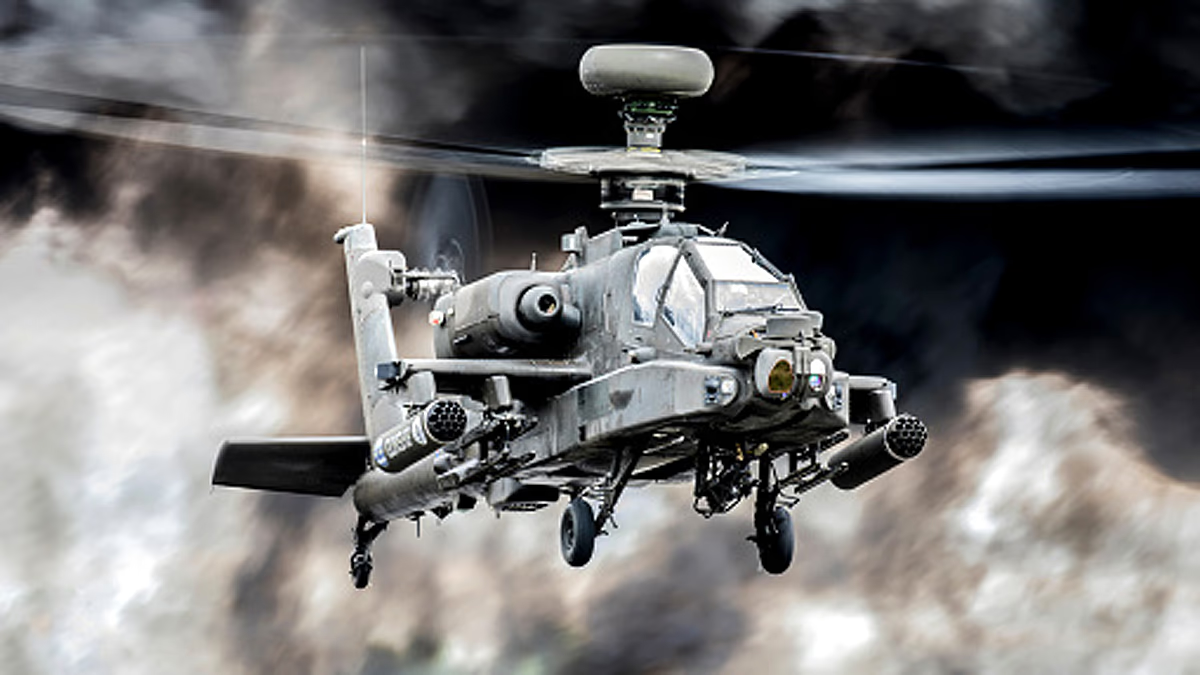
Source: aajtak
Impact of the Delay
The 15-month delay sparked several concerns...
Lack of Preparation: The 451 Aviation Squadron was ready, but the lack of helicopters kept it inactive, affecting deployments on the western front.
Dependency: Some analysts argue that the delay highlights India's dependence on foreign weapons. 'Self-reliant India' should focus on promoting indigenous alternatives like the LCH Prachand.
Geopolitics: Some on social media claim the Biden administration delayed deliveries due to India's neutral stance in the Russia-Ukraine conflict. However, deliveries accelerated post the Trump administration's return.
India-US Cooperation
On July 1, 2025, Defense Minister Rajnath Singh discussed expediting deliveries of Apache and Tejas Mk1A’s GE-F404 engines with U.S. Secretary of Defense Pete Hegseth by phone. India's right to carry out retaliatory strikes against terrorist attacks was upheld, with U.S. support in Operation Sindhur appreciated.
This discussion paved the way for deliveries, with the first batch arriving on July 21. A 10-year defense framework agreement is planned to further strengthen India-US defense ties.
What Lies Ahead?
Inspection and Deployment: Following assembly and testing at Hindon, the helicopters will move to Jodhpur. The second batch arrives by November 2025.
Operational Preparations: The 451 Squadron will soon be operational, enhancing western border strength.
Indigenous Options: India is also focusing on its indigenous helicopters like the LCH Prachand and ALH Dhruv. Orders for 25 ALH Dhruvs and 9 for the Coast Guard were placed in 2024.
